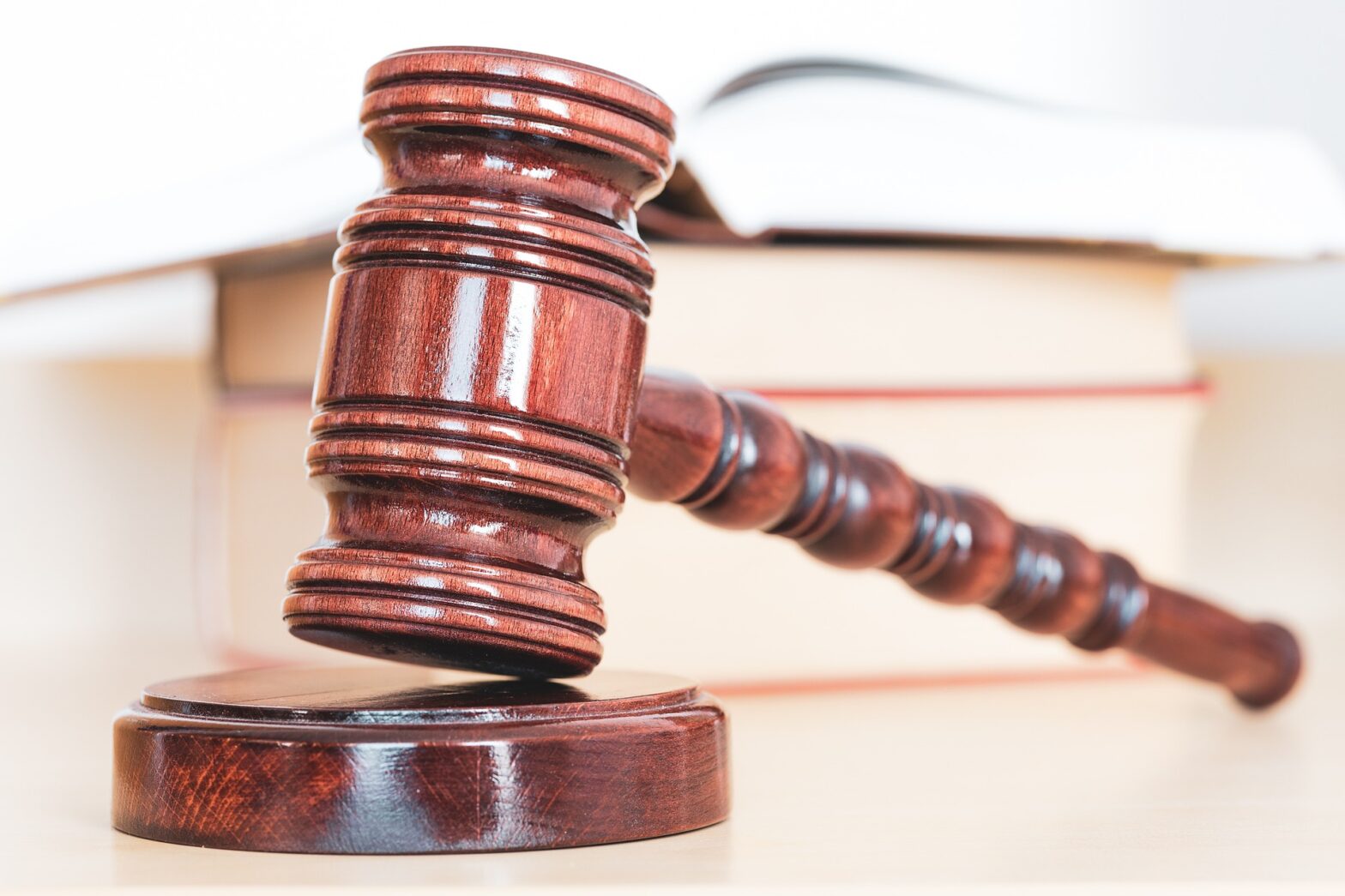What happens to my debt if I file a Utah bankruptcy?
When you file for bankruptcy in Utah, your debt is generally either discharged (eliminated) or reorganized (repaid over time). The specific outcome for your debt depends on the type of bankruptcy you file:
- Chapter 7 bankruptcy: This is often referred to as a “liquidation” bankruptcy and is designed for individuals with relatively low income and few assets. In a Utah Chapter 7 bankruptcy, most unsecured debt, such as credit card debt and medical bills, is discharged (eliminated). Some secured debt, such as a mortgage or car loan, may not be discharged, but the terms of the loan may be modified to make the debt more manageable.
- Chapter 13 bankruptcy: This is often referred to as a “reorganization” bankruptcy and is designed for individuals with a regular income who have assets they want to protect. In a Utah Chapter 13 bankruptcy, debt is reorganized and repaid over a three-to-five-year period. At the end of the repayment period, any remaining unsecured debt is discharged.
- It is important to note that not all debt is eligible for discharge in bankruptcy. Some types of debt, such as student loans, alimony, and child support, are generally not dischargeable in bankruptcy.
When you file for bankruptcy in Utah, your debt is either discharged (eliminated) or reorganized (repaid over time). The specific outcome for your debt will depend on the type of bankruptcy you file and the type of debt you have. An attorney can help you understand the impact of bankruptcy on your debt and assist you in the bankruptcy process.
